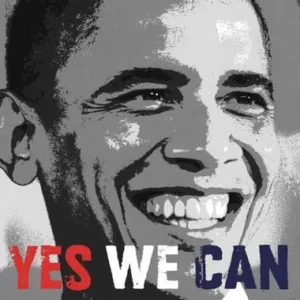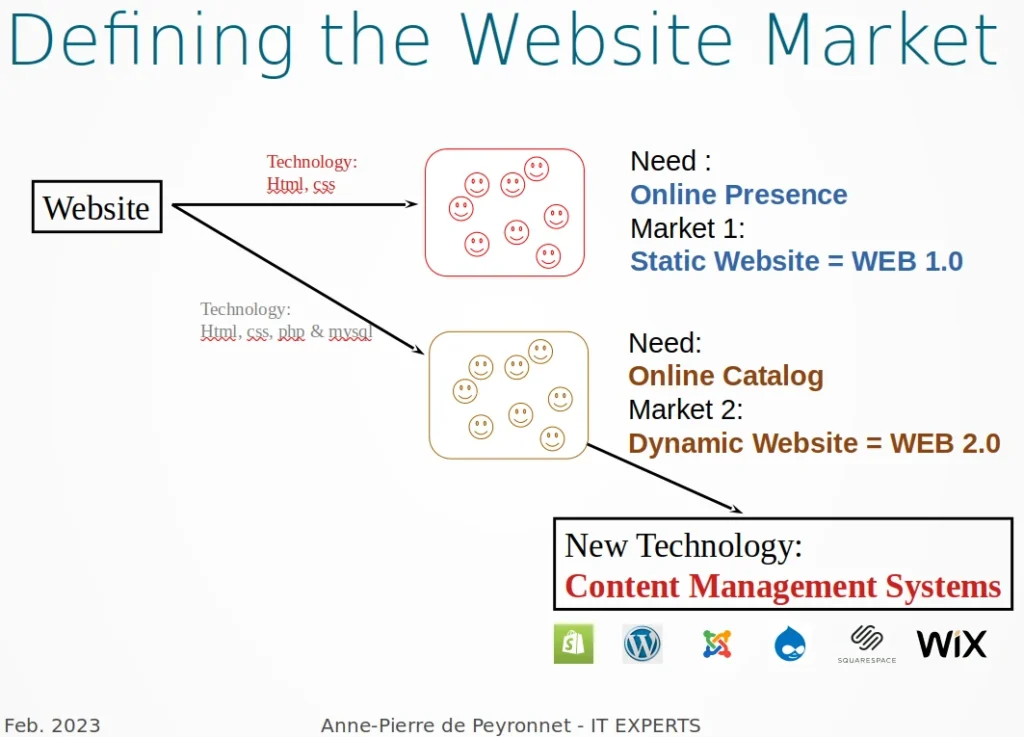Why define a market?
Marketers vs Economists, Types of Markets, Needs & Product Benefits, How to Define a Marketestimated read: 5 minutes
How Do Economists and Marketers Define A Market
demandand
supply(not
offer– a common mistake influenced by franglais). These concepts form the backbone of our understanding of markets as places where exchanges occur.
a market is viewed as a place where supply and demand meet. This perspective is rooted in economic theory, emphasizing the role of prices in balancing buyers’ desires with sellers’ offerings.
Economists define a market as:
A market is a place where Supply and Demand meet, with the nature of the merchandise exchanged, their quantities, and the price level stemming from that meeting point.
But what about Marketing? Does this field offer a different lens through which to view the market? Indeed, Marketing takes a broader view, focusing not only on the transactional aspects but also on understanding consumer behavior, identifying target segments, and crafting strategies to meet customer needs and preferences.
According to Philip Kotler author of the best seller “Marketing Management”:
A market for a product or a service is made of the groups of consumers who will purchase that product or service.
In sum, while Microeconomics provides a foundational understanding of markets through the supply-demand framework, Marketing delves deeper into the nuances of consumer engagement and the strategies businesses use to connect with their audiences.
Exploring the Market through Gilles Vigneault’s Lens:
The concept of a market, traditionally viewed by economists as a physical or virtual space for exchange, finds a unique representation in the arts. A prime example is Gilles Vigneault’s song, which vividly illustrates his experiences and observations in a market setting. This artistic portrayal offers an intriguing contrast to the more abstract economic definition.
To delve deeper, let’s first examine the lyrics of Vigneault’s song. His narrative captures the essence of a market. Vignault’s poetic approach is to define a market as a lively hub of human interaction and cultural exchange.
A marketer’s analysis of Vignault’s Ballad
Moving beyond the lyrics, a marketer’s analysis of Vigneault’s ballad can provide valuable insights. From a marketing standpoint, the song can be seen as a reflection of consumer behavior, market dynamics, and the emotional connections that people form with marketplaces. This perspective highlights how markets are more than just venues for buying and selling; they are integral parts of our social and cultural fabric.
By comparing the economist’s and the marketer’s viewpoints with Vigneault’s artistic representation, we gain a richer, multi-dimensional understanding of what a market truly represents in both theory and practice.
I Went To The Market
by Gilles Vignault
I went to the market
Mon p’tit panier sous mon bras
I went to the market
Mon p’tit panier sous mon bras
The first girl I met
C’est la fille d’un avocatI love you vous n’m’entendez guère (bis)
The first girl I met
C’est la fille d’un avocat
She said what have you got
Dans ce beau p’tit panier-làI love you vous n’m’entendez guère (bis)
She said what have you got
Dans ce beau p’tit panier-là
I have got some eggs
N’en achèteriez-vous pas
I love you vous n’m’entendez guère (bis)
When going to the market…
We are faced with:
- A market: the place, and
- A retailer = the Supplier of fruits and vegetables.
And as marketing managers, we represent Supply and consider Demand as the groups of consumers we want to sell to.

There exists two types of markets
If the group of consumers going to purchase is made of individuals, the market is called a Business to Consumer Market or B2C.
If the group of consumers going to purchase is made of businesses, the market is called a Business to Business Market or B2B.


Philip Kotler
The aim of selling is to satisfy a customer need; the aim of marketing is to figure out his need.
A relationship is based on an exchange.
Markets exist to enable those exchanges.
Markets as places where goods and services are exchanged:

The New York Stock Exchange

Leboncoin facilite tous les échanges au quotidien grâce à ses 47.8 millions d’annonces dans 10 univers.
A Marketer’s Mission: Understanding Customer Transactions
The Role of Product Benefits in Meeting Needs
Customers participate in transactions primarily to fulfill specific needs or desires. In doing so, they seek the benefits that a particular product or service offers. However, it’s crucial to understand that the value and relevance of these benefits can vary significantly depending on the context of use.
Take, for instance, the choice between an electric car and a diesel-powered vehicle. Each type of vehicle offers distinct advantages tailored to different environments and usage patterns. An electric car, with its zero-emission and quiet operation, is ideally suited for the urban landscape, where short-distance travel is common and environmental consciousness is a growing concern. On the other hand, a diesel-powered car might be more appropriate for long-distance travel, offering better fuel efficiency over extended trips and more readily available fueling options in less urbanized areas.
This example illustrates the importance of aligning product benefits with customer needs and the context in which the product will be used. It’s not just about the features of the product or service itself, but how well those features match the specific requirements, preferences, and lifestyle of the customer. By understanding these nuances, businesses can better tailor their offerings to meet the diverse needs of their target audiences, ultimately leading to greater customer satisfaction and loyalty.

Benefits provided by the electric car may include:
- no gas emissions
- silent ride
- cost of “fuel”
- cheaper parking

Benefits provided by a diesel powered car may include:
- autonomy
- reliability
- security
Just about anything can be marketed:
Philip Kotler
The art of marketing is the art of brand building. If you are not a brand, you are a commodity. Then price is everything and the low-cost producer is the only winner.
Customer needs and desires define a market
Common customer needs and desires define a market.
Check Steve Job’s answer to the question: “How much did you rely on market research?”
Steve Jobs answer:
market research is useful when you have a product to show… But very rarely can customers predict something that they don’t know they need yet!
When explaining how to build a Value Proposition Canvas, Yves Pigneur and Alexander Osterwalder, agree with Steve Jobs. Pigneur and Osterwalder are the authors of “Business Model Generation“.
Listen to Yves Pigneur explain how in order to build a nice value proposition, it is necessary to observe the customer in his/her “jobs to do” rather than ask the customer what he/she needs.
To define a market:
Philip Kotler
The good news is that Marketing takes an hour to learn. The bad news is that it takes a lifetime to master.












